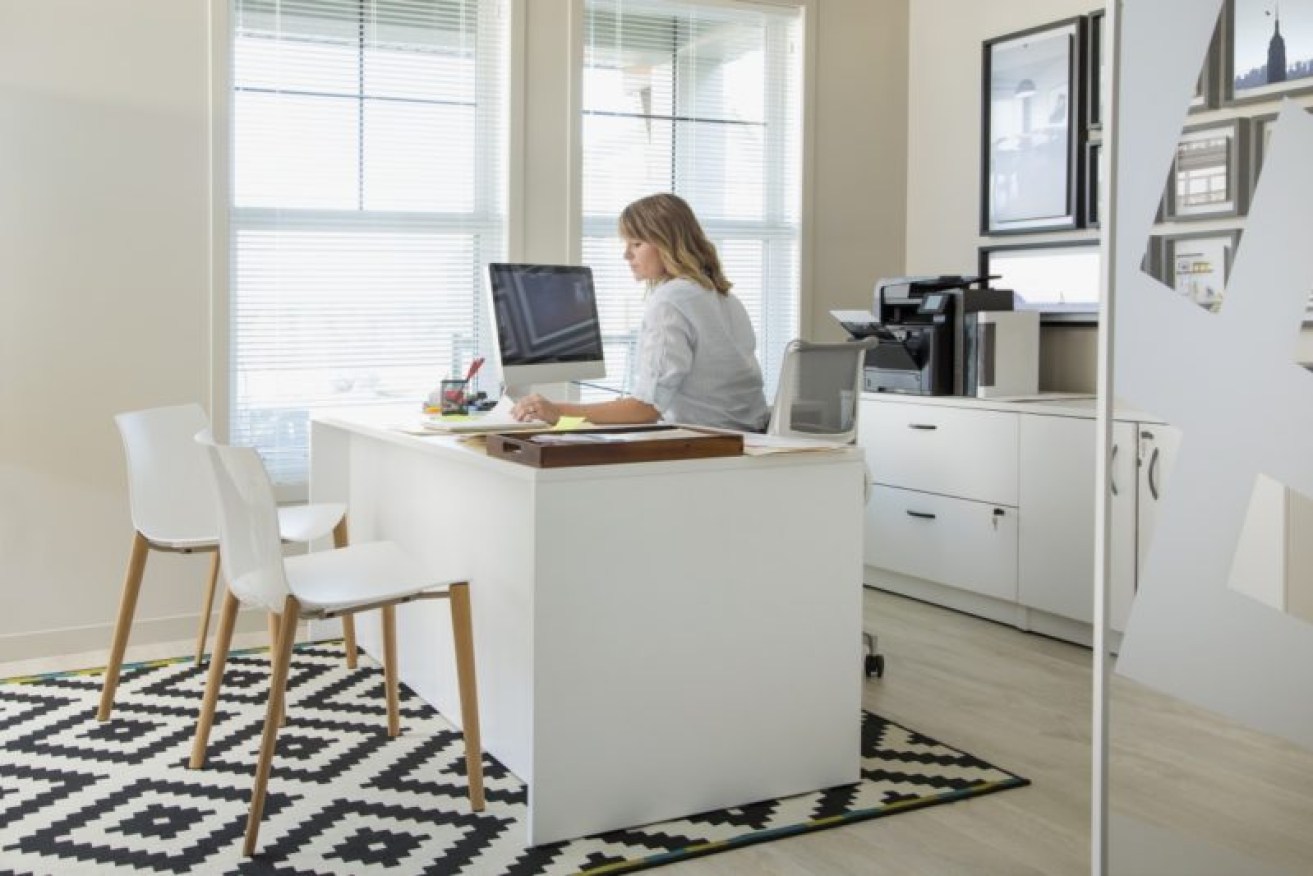All of this is evidence of a “care penalty”, which means that taking paid leave or moving into part-time jobs to cater for the care needs of children or other family members has negative impacts on women’s retirement savings and career trajectories. But it is also the result of policy, such as the recent tax concessions for superannuation, which have done more for the wealth of men than women.
Exacerbating this problem, women are dramatically over-represented in the oldest age groups. The over-65 age group has 14.5 per cent more women than men, and the oldest population groups have three times as many women as men.
Furthermore, women are less likely than men to have access to the support of a spouse in their old age. Only 15.2 per cent of women, compared to 54.5 per cent of men, have a surviving spouse when they die. This means they are more likely to need external aged care services.
The home takes centre stage
In the absence of significant savings, superannuation or other assets, the family home has become the key form of wealth for many Australian women.
In fact, without the home, the age pension and superannuation balances are unlikely to meet the day-to-day living needs of many retirees.
The importance of the home has in part been driven by the family courts. Prior to 2000 superannuation was not treated as an asset for distribution in divorce proceedings. The family home also tends to be retained by the primary carers of the children after separation – women.
But as an asset to build wealth around, the family home has some drawbacks. Housing assets are, by nature, both hard and costly to buy and sell. While the family home can be a key form of savings for many Australians, relying on this form of wealth comes with relatively high costs.
Research also shows that older women are more prone to selling up their family home than older men, with these sales often triggered by the loss of a spouse or ill-health.
The Conversation











